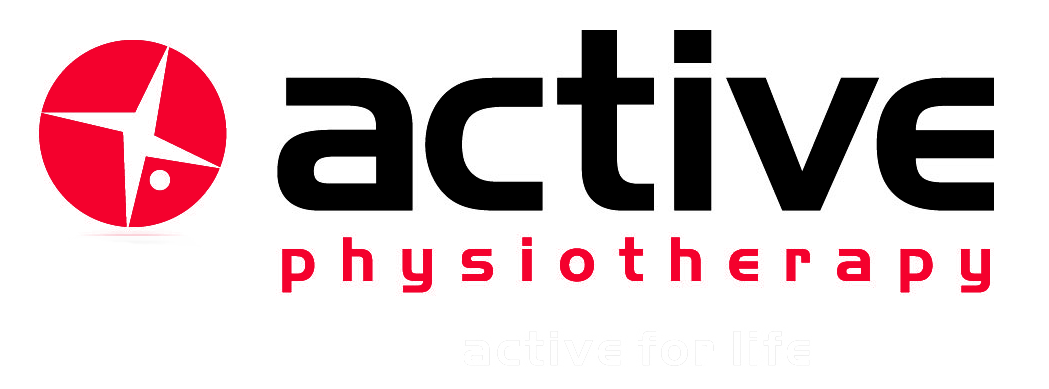You are playing some sorts of sport and then you feel a ‘POP’ with the sensation of the kneecap moving out of place and snap back into position, the next moment you are on the floor – knee swollen and in pain. You tap yourself out and limp off the court. You have just experienced an acute patella dislocation.
The patella, or the kneecap, is one of the three bones, femur and tibia being the other two, that are comprise the knee joint. The patella is held in place by a tendon that begins at the quads and ends by attaching to the tibial tuberosity – the bony prominence that sticks out just beneath the knee. When the knee bends, it moves along the V-shaped groove found at the end of the femur allowing even distribution of energy through the knee and smooth movement.
Patella dislocation/instability have been found to be more prevalent in females compared to males. This condition has some factors that put certain individuals at a higher risk such as:
- A wider pelvis region
- A shallow groove for the kneecap
- Abnormalities in gait
- A misaligned patella – either slightly elevated, more to the left/right
- Imbalanced muscles tightness and strength
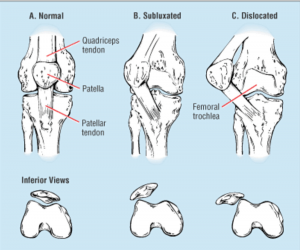
The conditions mentioned above is not easily picked up by the general public and requires professional expertise to identify and guide you through the process of managing patella dislocation.
Management of Patella dislocation
One of the ways to manage patella dislocation/instability is through stretching and strengthening. Two major components attach to the patella – the Illiotibial band (ITB) and the Vastus Medialis Oblique (VMO), which is basically a part of your quads. These components tend to play a game of tug of war everyday with your patella and where the tightness of ITB is stronger than VMO’s strength, patella dislocation occurs.
Regular stretching of the ITB and the strengthening of the quads would reduce the risk of dislocating the patella. Below are some exercises for VMO strengthening and ITB stretching.
ITB stretches
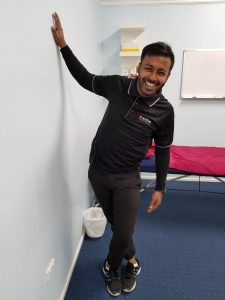
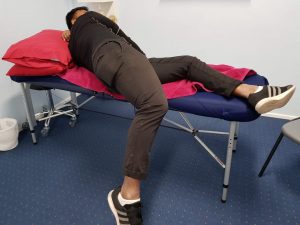
VMO strengthening
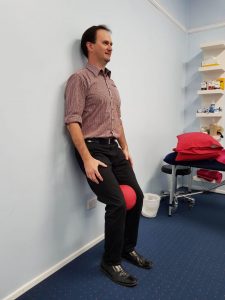

These are just a few exercises that you can do at home, however please do seek further professional expertise, like the physiotherapist, to provide you with further manual handling and personalized exercise program.
